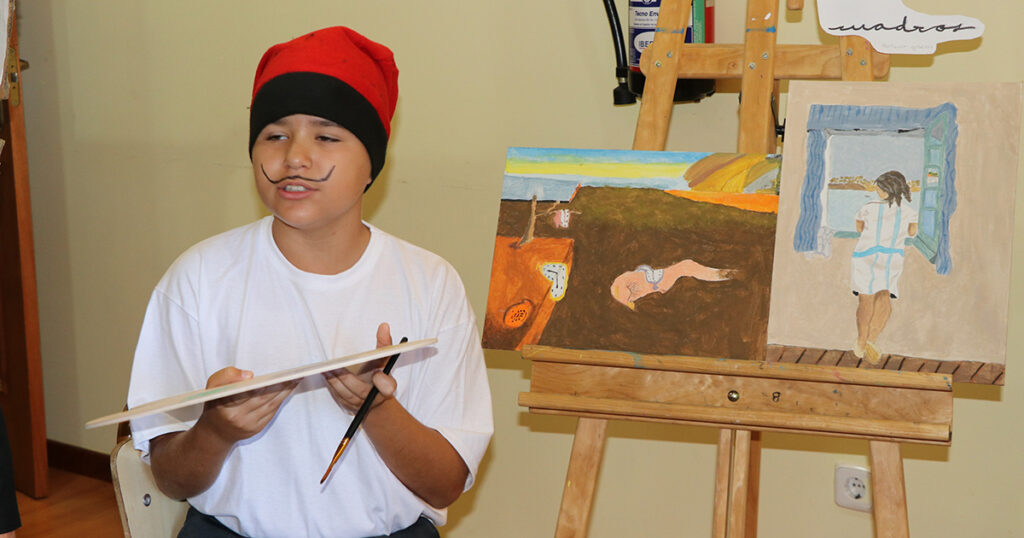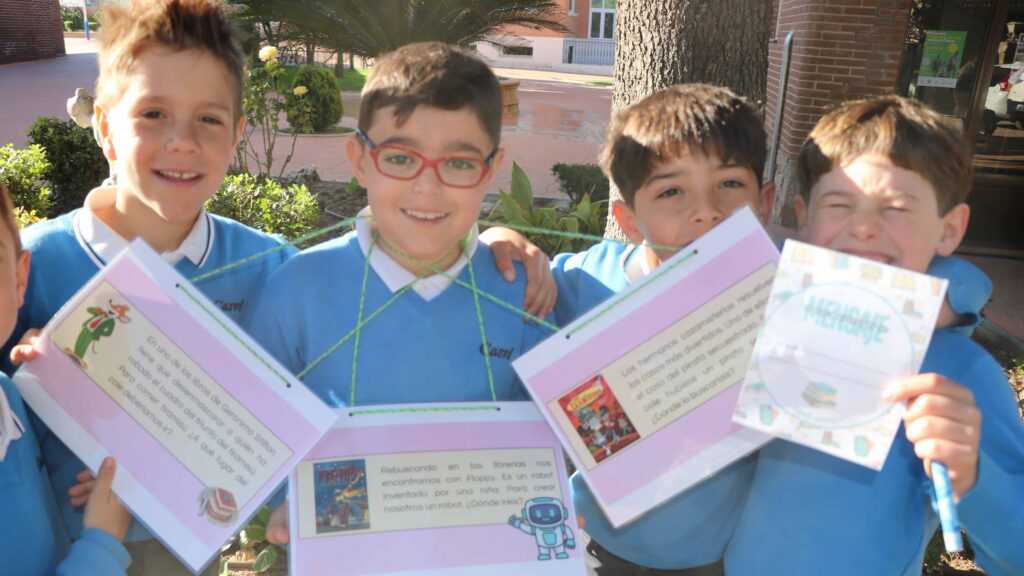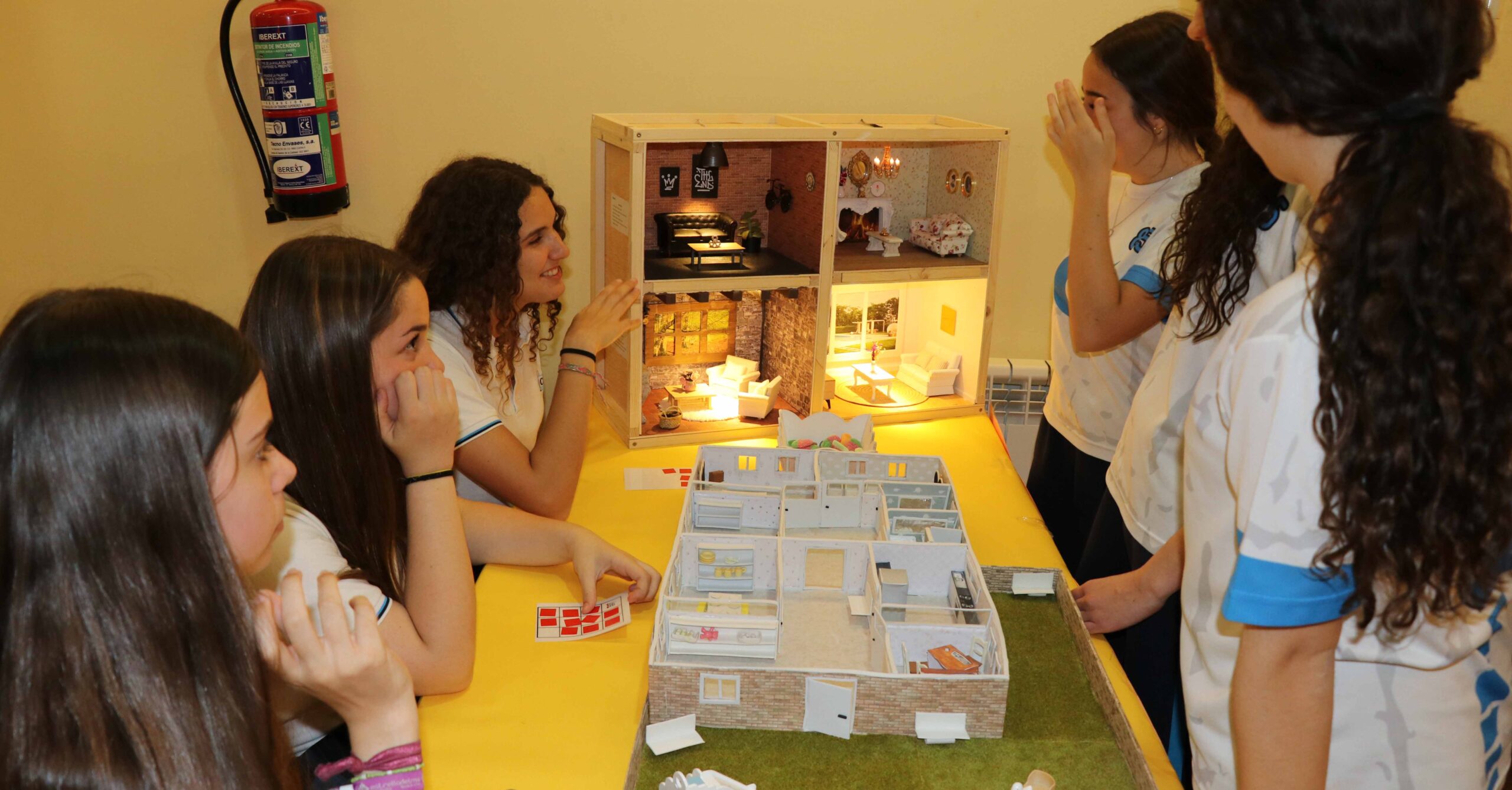The key to lasting learning lies not in mere memorisation, but in the connection between what students learn and the world around them. At Casvi Villaviciosa, meaningful learning is not just a concept. It is our educational philosophy based on tangible results.
THE PROBLEM: DISCONNECT BETWEEN LEARNING AND UNDERSTANDING
In a world where knowledge is just a click away, the biggest challenge for students is not accessing information. It is to understand it and apply it in real situations. Traditional methodologies focused on memorisation fail to connect content with everyday life. This leads to a lack of motivation and long-term retention.
Studies based on the theories of David Ausubel show that meaningful learning occurs when students relate new information to prior knowledge. However, this connection is not always effectively stimulated in the classroom. How can we ensure that learning is relevant and transformative?

EXACERBATION OF THE PROBLEM: UNMOTIVATED STUDENTS IN A CHANGING ENVIRONMENT

Educational disengagement does not only affect academic performance. It also affects students’ confidence and abilities to deal with the real world. Surveys show that 70% of students feel disconnected from what they learn. This reinforces the need for a methodology that prioritises relevance and application.
Play as meaningful learning, for example, is a powerful tool that fosters engagement and deep understanding. In addition, cross-curricular projects and practical examples in the classroom have proven to be key strategies for connecting theory with practice.
HOW TO FOSTER MEANINGFUL LEARNING IN THE CLASSROOM
In order to promote meaningful learning in schools, classrooms must be transformed into spaces where it is the protagonist. And how can this be achieved?
1. CONNECTION WITH PREVIOUS EXPERIENCE
Following Ausubel’s ideas, teachers should help students construct knowledge by relating it to what they already know. For example, in science, students could conduct experiments that replicate everyday phenomena. This is the case of the water cycle or solar energy.
2. PRACTICAL EXAMPLES IN THE CLASSROOM
It is very useful to design activities that simulate real-life situations. One example is the United Nations model, where students discuss global policies in an environment that replicates international diplomacy.
3. PLAY AS A KEY TOOL
Play as meaningful learning should be used from the earliest stages. It can be achieved through financial market simulations or interactive mathematical challenges. In this way, students will develop creativity, critical thinking and social skills while having fun.
4. INTERDISCIPLINARY PROJECTS
It is essential to integrate different subjects in order to address issues from multiple perspectives. For example, a renewable energy project combines science to understand energy processes, mathematics to calculate efficiency and art to design models.
5. USE OF TECHNOLOGY AND INNOVATIVE RESOURCES
It is necessary to use digital tools that promote interactivity and collaborative learning, as well as teamwork and continuous assessment.
“The most important factor influencing learning is what the learner already knows. Find this out and teach accordingly”.
CASVI VILLAVICIOSA, A TANGIBLE EXAMPLE OF MEANINGFUL LEARNING
At Casvi Villaviciosa International Private School, we don’t just talk about meaningful learning, we live it every day. Our educational model is based on:
- Active methodologies that encourage student participation and make them the protagonist of their learning.
- An international approach that prepares students for a globalised world through programmes such as the International Baccalaureate. We have a continuum of programmes (PYP, MYP and DP).
- Teachers specialised in adapting the content to the individual needs of each student. This ensures inclusive and effective learning.

